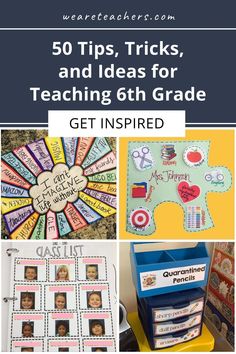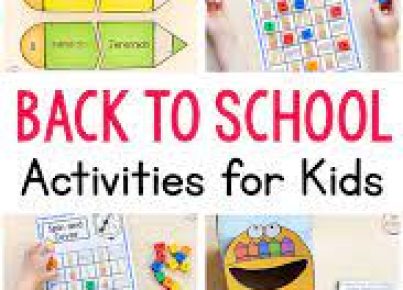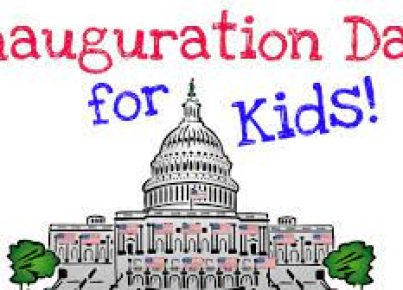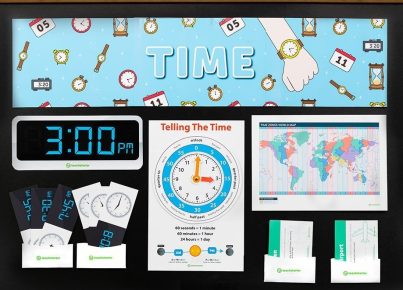Teaching resources for 6th-grade education offer a wealth of materials, strategies, and tools designed to cater to the learning needs of students at this transitional stage. With the right resources, educators can make lessons engaging, informative, and effective.
Understanding the Developmental Stage: Sixth graders are often on the cusp of adolescence, which means they require educational content that’s engaging and challenging enough to capture their attention as well as cater to their growing cognitive abilities. Resources tailored for this grade level should reflect an understanding of where these students are developmentally and how they learn best.
Engaging Lesson Plans: Lesson plans for 6th grade should include clear objectives, step-by-step instructions, and interactive activities that promote critical thinking. Many websites and educational publishers offer free or purchasable lesson plans in various subjects aligned with Common Core or state standards.
Interactive Technology Integration: Technology plays a key role in today’s classroom. Integrating interactive technologies like educational apps and games, learning management systems, and virtual classrooms can enhance student engagement and accommodate different learning styles.
Hands-On Activities: Sixth graders benefit greatly from hands-on activities that connect academic concepts to real-world scenarios. Science experiments, math manipulatives, and historical role-playing scenarios are just a few examples of resources that can make abstract ideas more tangible.
Diverse Literature: To foster literacy, it’s essential to provide 6th graders with access to a diverse range of books. Reading materials should represent various cultures, backgrounds, and experiences that both mirror the students’ lives and introduce them to new perspectives.
Assessment Tools: Assessment resources like quizzes, rubrics, self-assessment tools, and peer evaluation forms are vital for gauging student understanding throughout the learning process. They also help teachers tailor instruction based on individual student needs.
Professional Development Resources: Finally, teaching resources aren’t just for students. Educators need access to professional development materials so they can stay updated on best practices in teaching strategies, content knowledge, and educational policy changes.
In conclusion, 6th-grade teaching resources should be multidimensional—catering not only to diverse learning styles but also addressing a mix of pedagogical approaches and assessment techniques. By utilizing a range of tools from lesson plans to technology integrations—educators can create enriching environments where students thrive academically.





